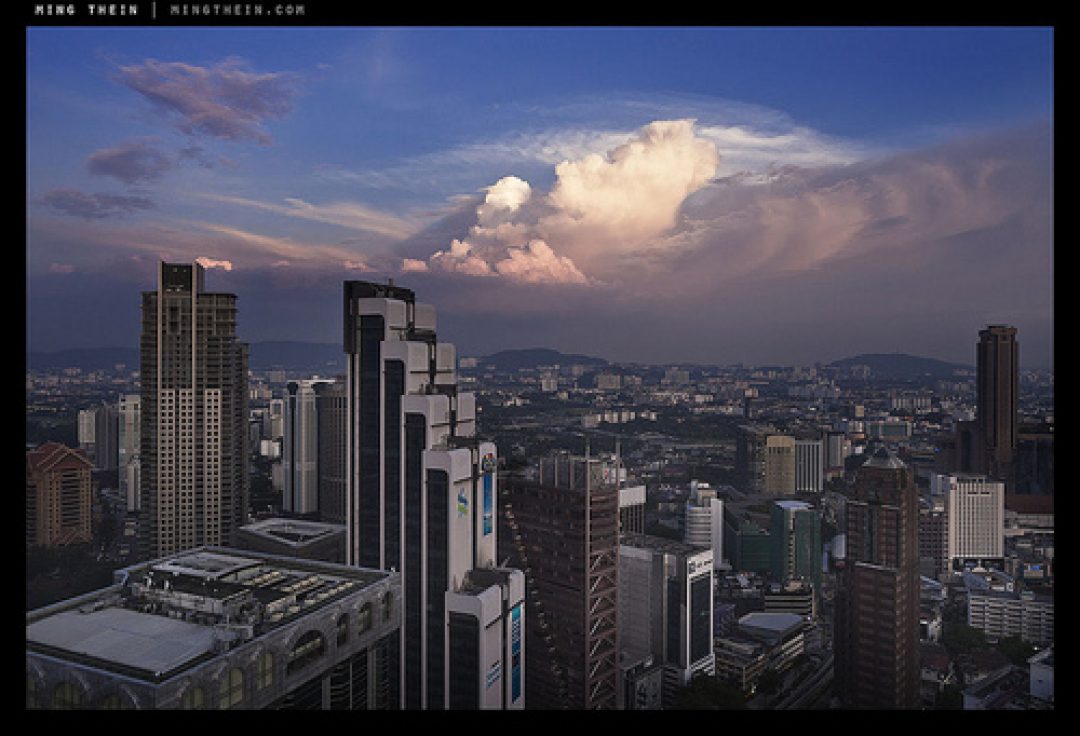
Landscape photography, part two: applied landscapes | Ming Thein
In the previous article, we looked at some of the fundamental principles of landscape photography. Today, we’re going to question more of those assumptions and see how those principles apply equally to a very diverse range of subjects. Let’s start with what is, on the face of things, a fairly obvious question: At what point does a landscape turn into a cityscape turn into architecture turn into urban reportage/ flaneur photography? If you have an expansive natural scene with one remote house on it, is it still a landscape? I think nobody would argue with you on that one. Two houses? A small town? Maybe it’s a question of scale, or visual dominance? What about a physically small scene with predominantly natural elements – that’s a landscape, surely. But what if the scene is man-made with merely the inclusion of natural elements? I’m sure a carefully-planned Japanese garden is definitely landscape material. Regardless of the answer, I think we can all agree that the lines become increasingly blurred……
See on blog.mingthein.com
